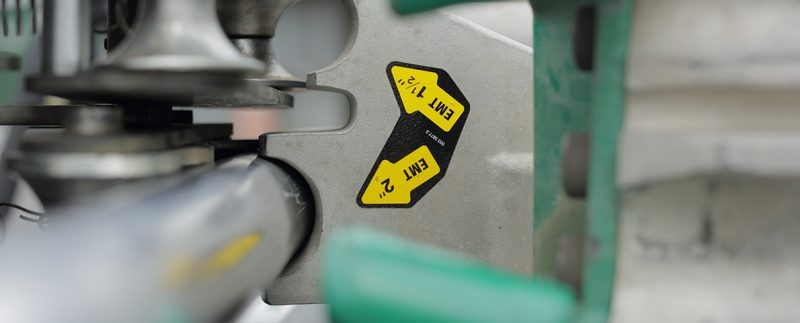Aluminum pipe couplings from American Conduit are versatile components commonly used in conduit systems for various applications across residential, commercial, industrial, and infrastructure projects. These couplings play a crucial role in connecting, joining, and securing aluminum pipes or conduits, providing a reliable and efficient solution for routing electrical wiring, cables, or fluid lines. Here are several key uses.
Conduit Connection
 One primary use of aluminum pipe couplings is to connect and join sections of aluminum conduit together. Couplings allow for the seamless extension of conduit runs, enabling electricians and installers to create continuous pathways for electrical wiring or cables. By securely fastening conduit sections with couplings, installers ensure proper alignment, support, and protection of the wiring within the conduit system.
One primary use of aluminum pipe couplings is to connect and join sections of aluminum conduit together. Couplings allow for the seamless extension of conduit runs, enabling electricians and installers to create continuous pathways for electrical wiring or cables. By securely fastening conduit sections with couplings, installers ensure proper alignment, support, and protection of the wiring within the conduit system.
Straight Runs
Aluminum pipe couplings are used to create straight conduit runs by connecting straight lengths of conduit. Couplings provide a secure and stable connection between conduit sections, maintaining the integrity and alignment of the conduit system. Straight conduit runs are commonly used in various electrical applications, such as wiring distribution, lighting installations, and power transmission.
Offset and Offset Bend
Aluminum pipe couplings help create offset bends in conduit systems, allowing for changes in direction while maintaining the continuity of the conduit run. Offset bends are used to navigate around obstacles, obstructions, or structural features within a building or infrastructure. Couplings are used with offset bends or pre-bent conduit sections to achieve precise routing and alignment of electrical wiring or cables.
Expansion Joints
In large-scale conduit systems or installations subject to thermal expansion and contraction, aluminum pipe couplings serve as expansion joints to accommodate dimensional changes and prevent stress or damage to the conduit. Expansion joints allow conduit sections to move independently while maintaining electrical continuity and mechanical stability. Couplings with flexible or articulated designs can absorb movement and vibrations, ensuring the reliability and longevity of the conduit system.
Mechanical Protection
Aluminum pipe couplings provide mechanical protection for electrical wiring or cables within conduit systems, shielding them from physical damage, impact, or environmental hazards. Strong construction and durable materials ensure that conduit sections remain securely fastened and protected against external forces, such as vibrations, abrasion, or accidental contact. Mechanical protection is essential for maintaining the integrity and safety of the conduit system and preventing costly repairs or downtime.
Grounding and Bonding
Finally, aluminum pipe couplings ensure proper grounding and bonding of conduit systems, which is essential for electrical safety and code compliance. Couplings with integral grounding provisions or bonding straps establish electrical continuity between conduit sections, grounding them to the building’s electrical grounding system. Grounding and bonding help dissipate electrical faults, minimize electromagnetic interference, and protect against electrical hazards.
Essential to Your Project’s Success
Aluminum pipe couplings are essential components in conduit systems, serving various uses and applications in electrical installations.
Aluminum couplings are perfect for connecting conduit sections, creating bends, transitions, or intersections, providing mechanical protection, or facilitating grounding and bonding. They ensure conduit systems’ functionality, reliability, and safety in diverse construction and infrastructure projects.
By selecting high-quality aluminum pipe couplings and employing proper installation techniques, electricians, contractors, and facility managers can achieve efficient and effective conduit installations that meet the needs of their projects. Learn more by calling American Conduit at 1-800-334-6825 or using our online form.

